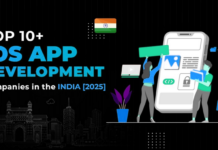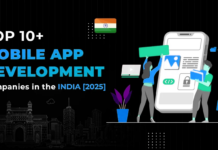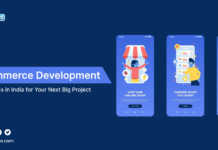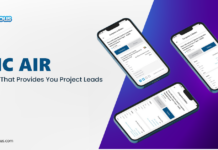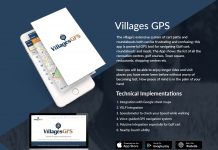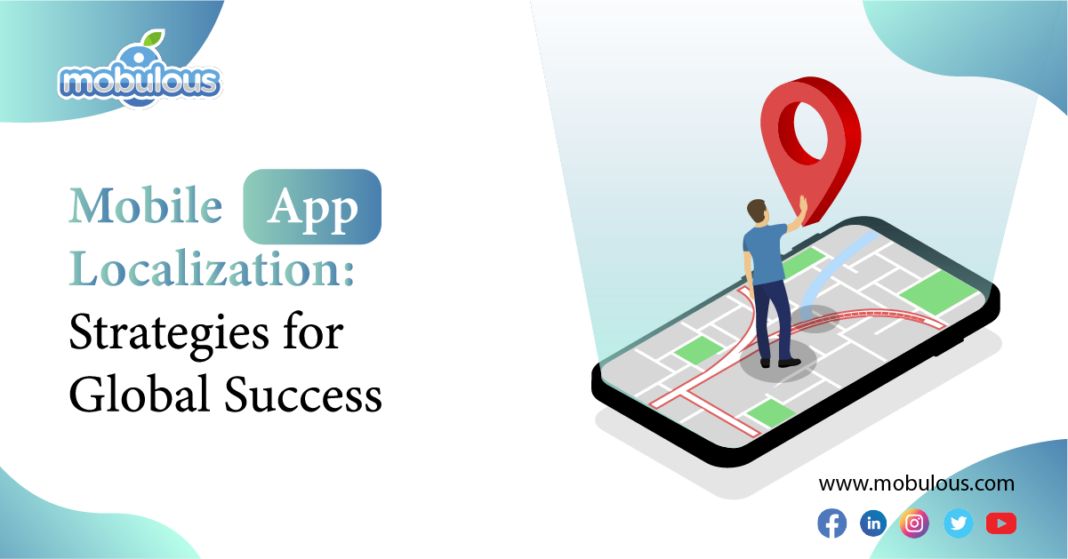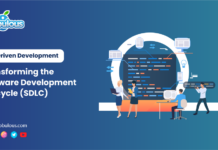In the dynamic horizon of mobile applications, striving for and achieving global success is a bit more tedious than merely creating a product. To satisfy the diverse needs and requirements of the audience in the global domain, a business must welcome mobile app localization, highlighting a strategic approach beyond translation. This elaborate process incorporates adapting an application to ensure a seamless user experience and meet technical as well as cultural needs concerning different regions.
Understanding Mobile App Localization
The Primary question is: What is Mobile App Localization?
The digital market all across the globe is a vast community, with people coming from different cultural, linguistic, and technical backgrounds. To cater to this diversity, effective mobile app localization is the need of the hour. This serves the purpose of bridging the language gaps and also takes into consideration the cultural aspects, preferences, and regional mutations, developing a better understanding and connection between the application and its user.
How to Achieve Mobile App Localization
- In-depth Cultural Analysis
Cultural analysis is the most crucial step before we commence translation. Getting a deeper knowledge of the culture, customs, and lifestyles helps construct the app’s content and design to smoothly grab the right audience. This step ensures that the application is not only exceptional in operations but also resonates with cultural needs.
- Linguistic Adaptability
One more important aspect of mobile app localization is removing the language barrier to achieve a better success rate globally. Accurate translation is a key step that ensures effective communication, reduces misunderstandings and misconceptions, enhances accessibility, and attracts a larger audience. The language barrier is a legitimate issue that many users encounter while using an app, and ensuring accurate language translation is essential.
- Adapting to Regional Preferences
A change in the region can bring about tremendous changes in colors, symbols, patterns, and even navigation. As it is rightly said, “When in Rome, be a Roman.” Many colors, signs, and patterns may have entirely different meanings than yours. User-friendly interfaces, design elements, and their usage must be carefully dealt with after an examination and thorough study of cultural as well as regional practices and connotations. A successfully localized app integrates with users’ expectations, enhancing user engagement.
- Internationalisation in App Development
Designing the app in a way that automatically allows for easy adaption to different languages and regions is called internalization. It automatically brings the capabilities into the app’s architecture to be flexible, scalable, and dependable in terms of easy language adaptation to different languages and regions.
- Dynamic Content Management
Embracing a dynamic content management system facilitates swift updates and modifications based on user feedback or changes in regional preferences. This agility is key to staying responsive to the evolving needs of a global user base.
Making use of a dynamic content management system for mobile app localization can serve the purpose of facilitating swift updates and modifications based on the user’s criteria as well as feedback or preferences.
- User Feedback Integration
Localizing a mobile application is a repetitive process that encompasses user feedback from various regions and communities and ensures improvement. A user-friendly approach helps in identifying and correcting the issues carefully.
Overcoming Challenges in Mobile App Localization
-
Fragmented Platforms
Analysing the diversity of mobile platforms can be challenging. Maintaining a standard for the base of the code and enabling cross-platform development tools can effectively operate the localization process.
-
Testing Across Diverse Regions
In-depth, thorough testing for a perfect localized app plays a very important role in identifying and rectifying any flaws that a user might encounter. Thorough testing through various devices, regions, and network conditions helps in the process.
-
Legal and Regulatory Compliance
Different regions come with distinct legal and regulatory frameworks. Ensuring compliance with local laws, data protection regulations, and industry standards is paramount to avoiding legal pitfalls.
Some classic examples of app localization
-
Duolingo
The language learning app Duolingo boasts an effective localization strategy. Beyond translations, Duolingo adapts its content to cultural variations, offering region-specific lessons to make the learning experience more authentic.
-
WhatsApp
WhatsApp’s success is attributed to its meticulous localization efforts. With the support of numerous languages and features designed for diverse markets, WhatsApp ensures a seamless experience for users worldwide.
Conclusion
Mobile app localization is not only an option but also a need for success in today’s internationally linked digital world. Tech businesses can successfully endorse a variety of markets by elevating their apps and implementing complete strategies that extend beyond language translation. Every stage of the localization process, from cultural analysis to dynamic content management, helps create a mobile application that is user-centric and widely relevant.
Adopting mobile app localization is an investment in building a product that is genuinely global, bridging cultural and language divides to provide a user experience that is appealing to all users. Companies that concentrate and succeed at localization will surely lead the path to global success as the mobile app market continues to change.
Visit Mobulous for Mobile App Development Services
Mail

Demystifying Blockchain in App Development: Opportunities and Challenges
Top 10+ Mobile App Development Companies in USA – 2024 Edition
What is Proptech, and How Does it Influence the Real Estate Market?
Advantages of Kotlin Over Java in Android- A Complete Guidelines in 2024
10 Best Android App Development Software For Developing Android Apps




